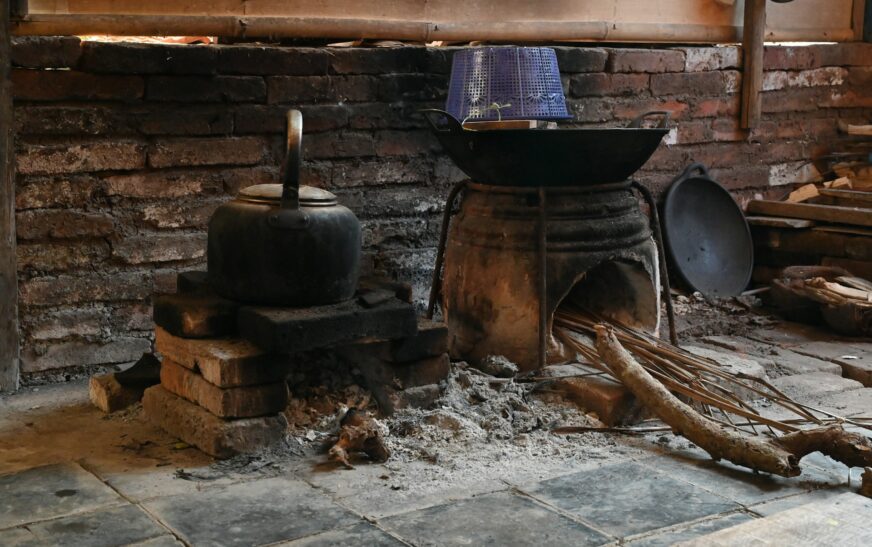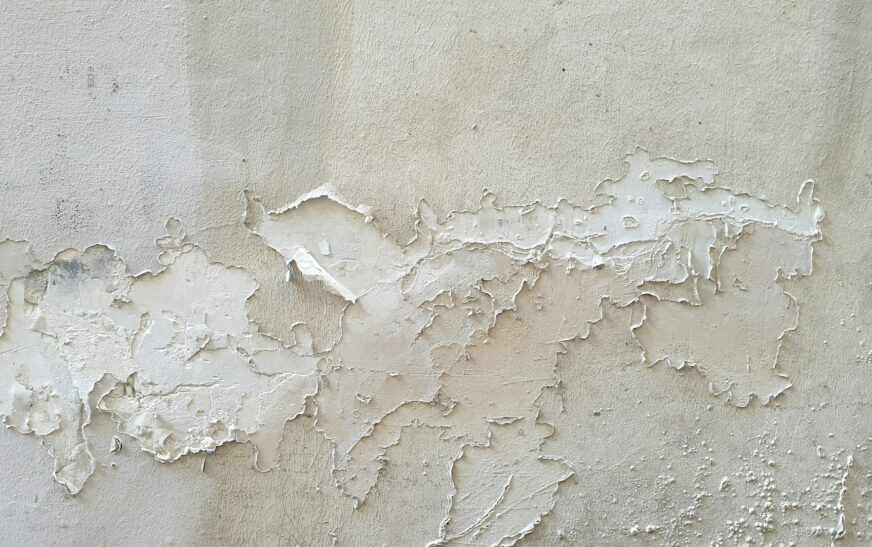Ah, the great design debate: to paint or not to paint your brick fireplace? On the surface, it seems like a simple way to modernize a room. But once that first brushstroke hits the porous, timeworn brick, you’re often in it for the long haul. We’re talking about more than just a color change—this is a commitment, both visually and materially.
Let’s break it down before you reach for the roller.
The Case for Painting Your Brick Fireplace
Painting can completely transform a room. A dark, heavy, rustic fireplace suddenly becomes sleek, contemporary, and even minimalistic.
1. Aesthetic Transformation
A fresh coat of white, soft grey, or even deep charcoal can modernize a space instantly. If your fireplace currently dominates the room in a way that feels heavy or outdated, paint can help it blend more seamlessly with the décor.
2. Covers Imperfections
Old brick has character—but sometimes it shows its age: uneven coloring, soot stains, cracks. Paint can mask these flaws and give your fireplace a clean, uniform look.
3. Design Flexibility
Once painted, the fireplace becomes a neutral canvas. Changing wall colors, furniture, or décor styles? No problem—your painted brick adapts like a chameleon.
The Case Against Painting Brick
Before you roll up your sleeves, consider the downsides—some of which only appear over time.
1. Moisture Traps & Breathability
Brick is porous and needs to breathe. Paint—especially latex or oil-based—can trap moisture inside. This may cause white salt deposits (efflorescence), peeling paint, and even long-term structural issues.
2. Maintenance Headaches
Unpainted brick ages gracefully. Painted brick? Not always. Flaking, chipping, and discoloration can crop up, especially near heat or if the surface wasn’t prepped perfectly. Touch-ups may be more frequent than you’d like.
3. Irreversibility
Once brick is painted, going back to its natural look is tough. Paint seeps into every crevice, and even with chemical strippers or sandblasting, fully restoring it without damage is rarely possible. If you live in a historic home—or might sell someday—original brick often carries more appeal.
Design Considerations Before You Decide
- Room Style: Modern or transitional spaces often benefit from painted brick. Rustic or traditional rooms usually shine with exposed brick.
- Brick Quality: Some bricks are stunning naturally; others might need cosmetic help.
- Frequency of Use: A frequently used fireplace should get a heat-resistant paint—but even then, the surface may degrade over time.
Read More : How to Remove Latex Paint from Brick
Alternative Options to Painting
Not ready to commit? Try one of these lower-impact ideas:
- Whitewashing or Limewashing: Keeps some brick texture visible, giving a soft, aged appearance.
- Mortar Wash / German Smear: Creates a gentle, old-world aesthetic without fully covering the brick.
- Tile or Stone Overlay: If you like the idea of a new look without risking paint, cladding your fireplace in tile or stone is stylish and reversible.
Painting your brick fireplace is like getting a bold tattoo: it can be transformative, but it’s not something to do on a whim. Consider your style, brick condition, and long-term plans before diving in. And if in doubt? Try a low-commitment alternative first—you can always decide later if you want to go full-on color.










